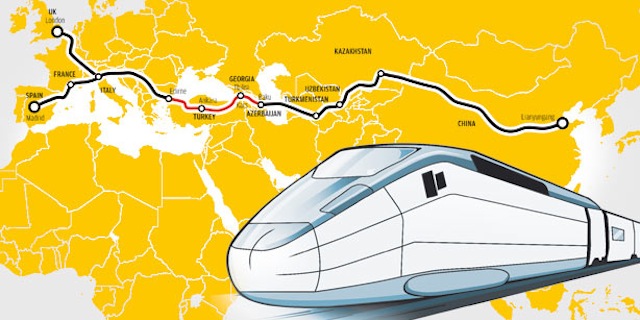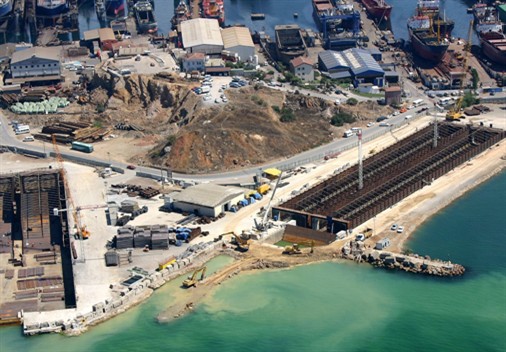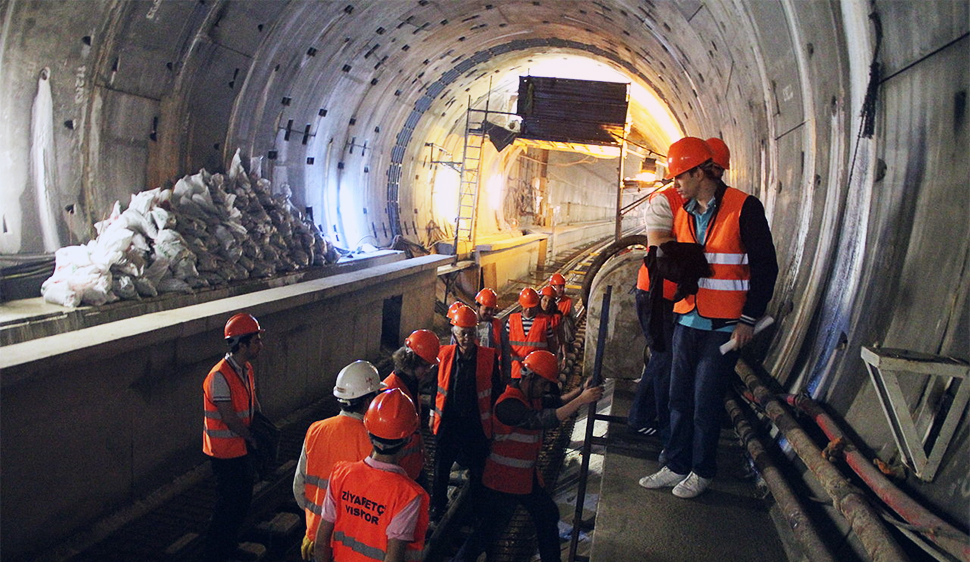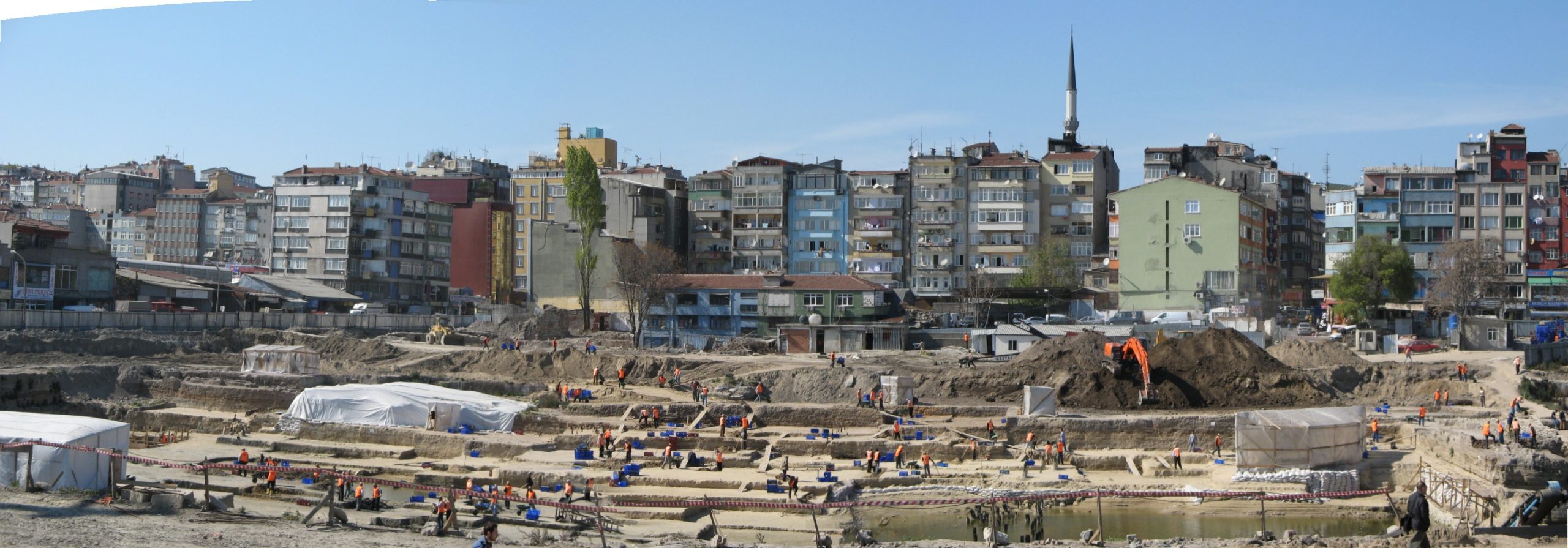It’s been a long time since Istanbul was an economic focal point between Asia and the West. But, yesterday, at the opening of the deepest underwater railway ever built, Turkish officials described their vision to “restore the Silk Road” and link London with Beijing — thanks to a Japanese-funded railway beneath the Bosphorus.
The new Marmaray tunnel treads on hallowed (and blood-stained) ground. The straight that separates Europe and Asia has been fought over for millennia — long before Christianity (and the Crusades) even entered the picture. It was the geographic catalyst for dozens of wars and hundreds of trade agreements (for a great account of some of them, check out 1453: The Holy War for Constantinople and the Clash of Islam and the West), and it made Constantinople — now Istanbul — what it is today.

Picture: Turkey Analyst.org
Running almost 60m below the surface of that narrow channel of water, the 14km long railway now holds the claim to “the world’s deepest submerged tunnel”. It’s been in the works since 2004, and its opening is four years behind schedule — in part, thanks to the uncovering of remnants of a Byzantine sailing fleet described as “the world’s biggest shipwreck collection” by archaeologist Ufuk Kocabas at Istanbul University. “They range from small cargo boats to mighty Byzantine naval vessels that helped break two Arab sieges, and repelled other would-be conquerors,” NPR explains.
Nine years is still a remarkably short schedule for building a 14km long underwater commuter rail tunnel (after all, consider Manhattan’s Water Tunnel No. 3), and some critics argue it was too quick for comfort.

Picture: AP
The Guardian, for example, details several accusations against the Marmaray tunnel’s structural integrity, starting with a warning from the Istanbul Chamber of Architects, who called out the design for its lack of an electronic emergency system. Even more grave? Concerns over the seismic stability of the ground beneath the strait.

Picture: PBWorld
The Bosphorus, you see, lies on a fault line: the ground below it is unstable, thanks to the meeting of two tectonic plates. Current seismic estimates assume a roughly 75 per cent chance that the land around — and under — Istanbul will see a 7.0 magnitude quake over the next three decades. City officials, meanwhile, have reassured critics that they’ve taken the warnings into account: A 2007 article in Wired describes the process of stabilising the ground around the tunnel by injecting it with industrial grout.
Even amid these safety concerns, there’s no one arguing that this rapidly-expanding city doesn’t need more public transit options — the tunnel is expected to carry nearly a million commuters a day. Like locals in so many other cities, they’re likely just trying not to think about the risks. [The Guardian]

Pictures: Muhammed Enes Okullu

Picture: Brian Stokle
